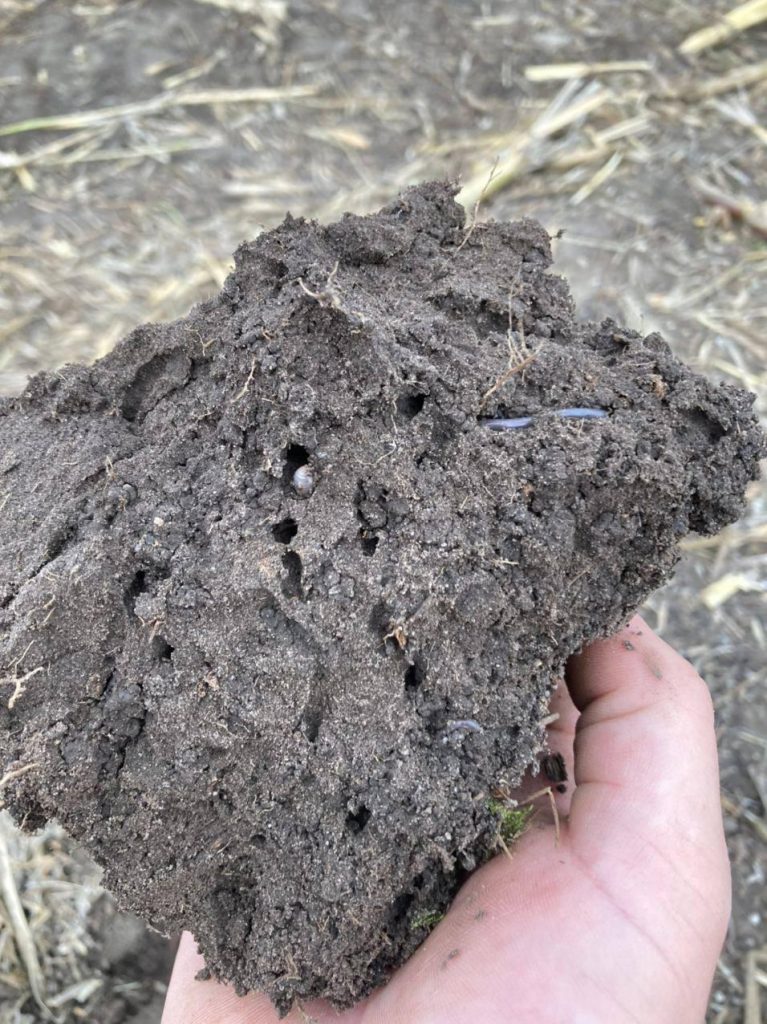Young farmer Roman Wessela runs his family farm in Crostwitz, Saxony (Germany), according to the principles of regenerative agriculture, which aims to restore and maintain soil ecosystems. In 2019, Mr Wessela began his first experiments with no-till farming. Two years later, he switched to no-till on a large scale. Today, he has already achieved several successes and can certainly inspire others to switch to regenerative agriculture, thereby protecting their own farms from the effects of climate change while also contributing to climate protection.








